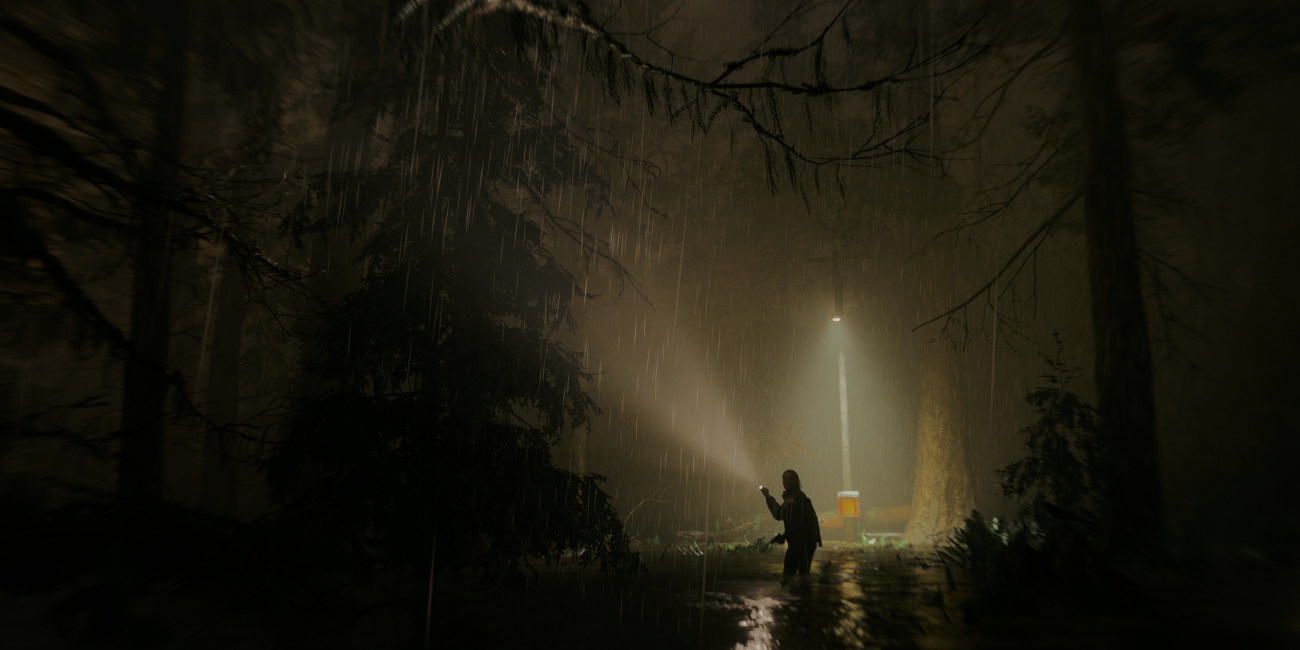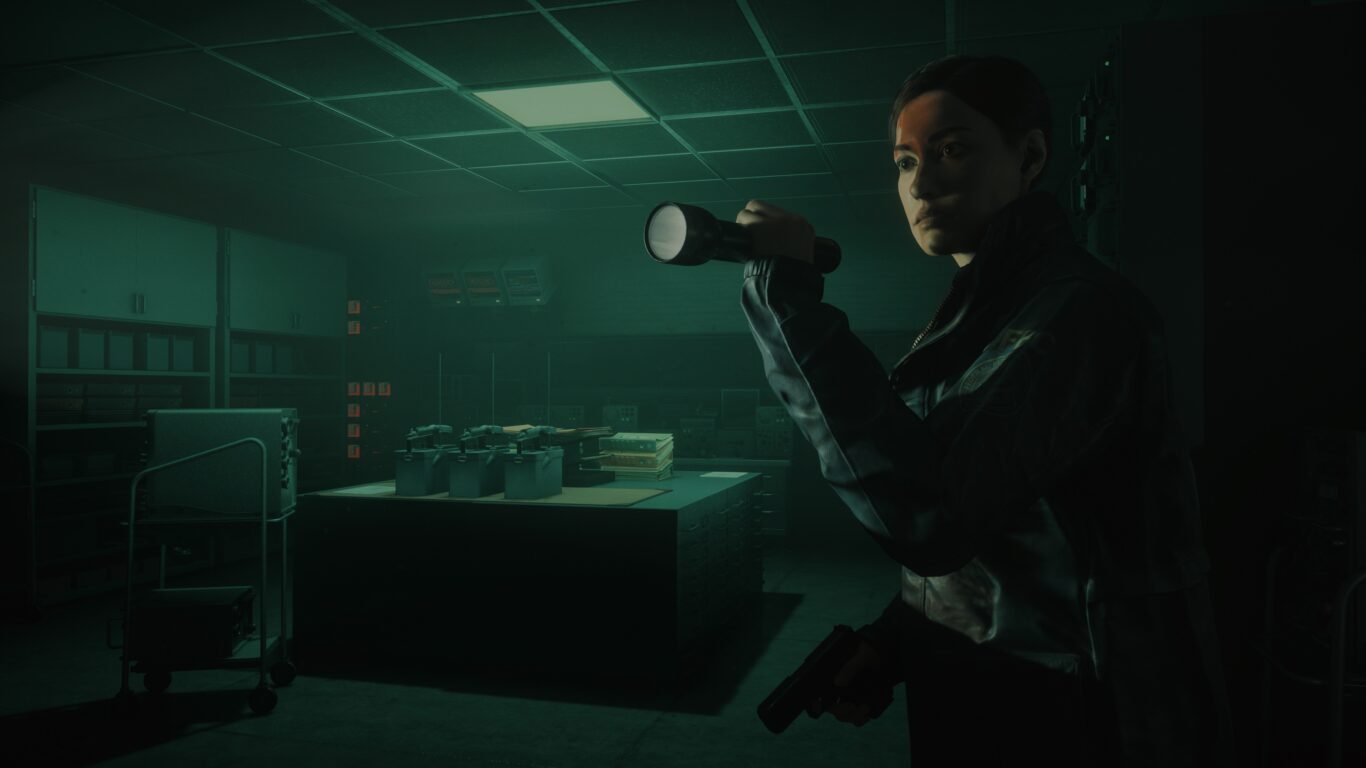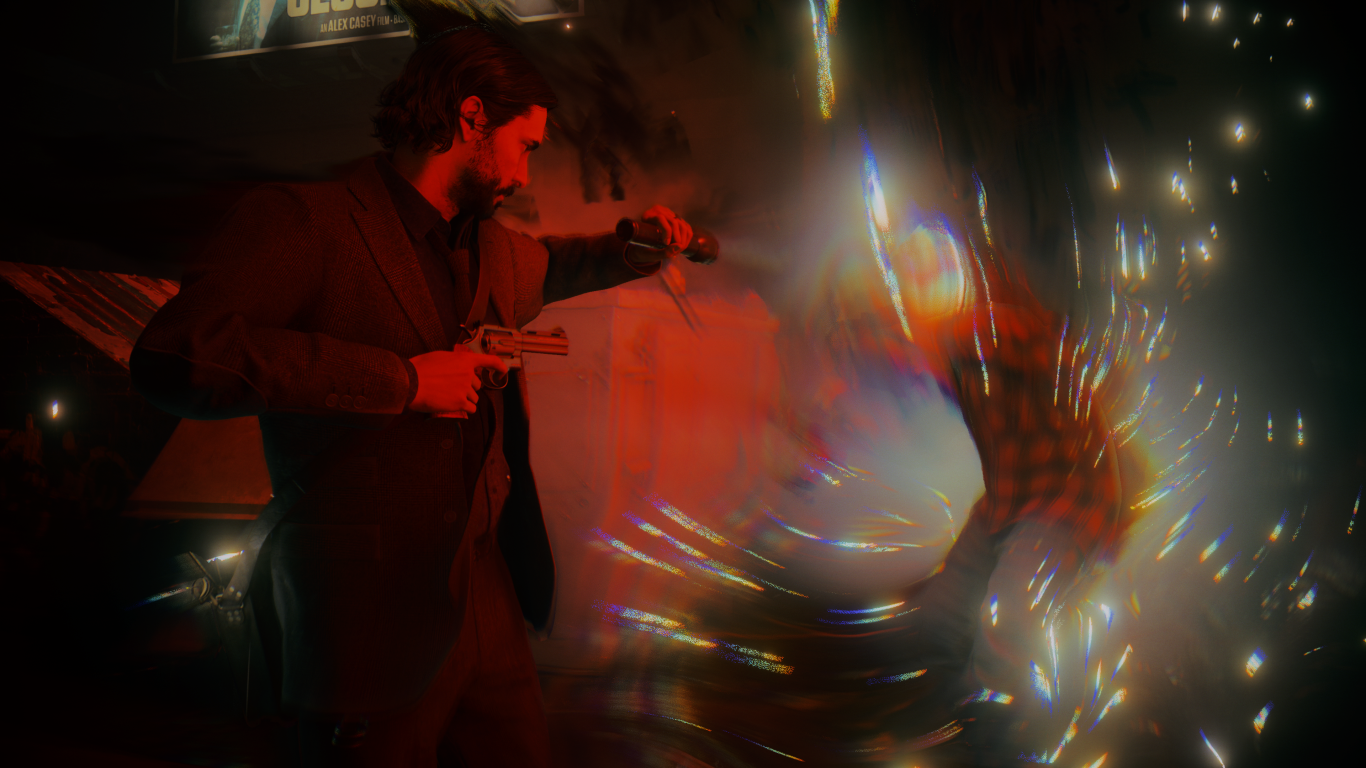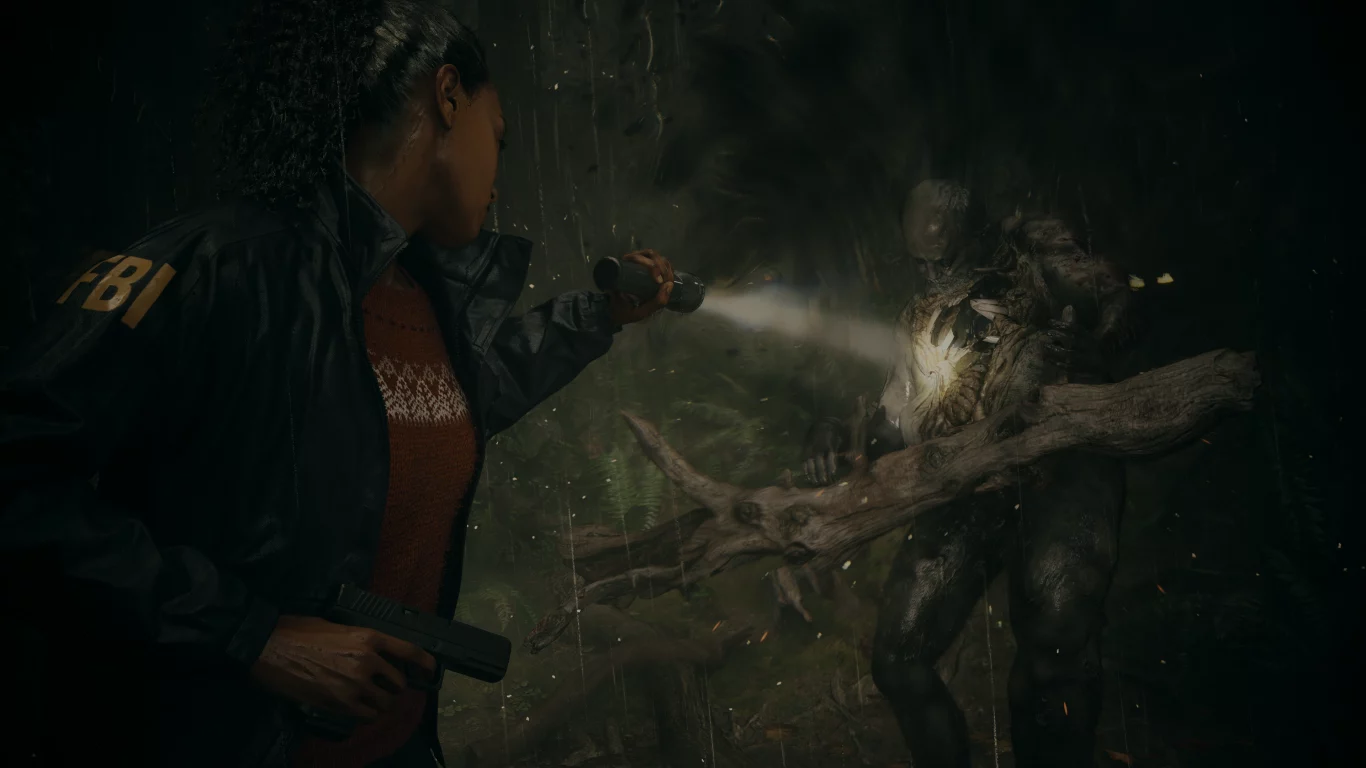Gameplay Assist: Making Alan Wake 2 More Approachable

Hey, I am Fernando Suarez-Laurinaho, Game Code Craft Lead in Remedy, and Technical Director for Alan Wake 2’s latest expansion, The Lake House.
After making a fantastic series of Dev streams for Alan Wake 2 featuring different team members, our publishing team realized that coders (also known as the most important people in game development) barely appear on them. Seeing the error of their ways, they came to our room and turned on the lights. Most of the team had time to hide in the darkest corners and growl. But I was not so fast, and they were able to grab me out of the room (tip: do not use a wireless keyboard as the object to grab onto when your life depends on it). They then asked if I wanted to talk about some of my work on Alan Wake 2.
As we coders usually do not like to talk and much less appear in front of cameras (because we are very humble, and we do not want other people to feel insecure when they see our beauty), we decided that I would write something instead. And I wanted to share a bit about our Gameplay Assist options, as I think that this is one of the most overlooked aspects of game development.

Strap in, it’s time to learn about how the pie is made.
With Alan Wake 2 we wanted to make a survival horror game with a deep story, but at the same time open to a wide audience. When we launched the game in October 2023, it already had a variety of difficulty modes that could be changed anytime during gameplay without progress loss or reloading. The “Story” mode in particular was developed so newcomers to the genre would still be able to experience the narrative twists, engage with the different mechanics of the game and enjoy “We Sing” without pressure. Trophies are obtainable in any difficulty. The game also offered some standard gameplay options and fully remappable key binds on PC, which is something we have historically done in our games before.
But we did not feel it was enough. The team still wanted to make the game more approachable, and we kept listening to player feedback. So, starting with the Anniversary Update (1.2.2), we have added a few options so players would be able to tweak the game to their needs and preferences. Most of these options can be found in the Gameplay Options menu, under the Gameplay Assist section.
Tweaking difficulty
Some of these options allow the players to tweak the game’s difficulty: invulnerability, immortality, one shot kills, unlimited ammo and unlimited battery packs. They are particularly useful to overcome areas where the player is struggling, and for fun replays.
For example, with immortality the player character takes damage but cannot die. We use immortality during development a lot to debug damage reaction animations. With invulnerability, on the other hand, the player character cannot take any damage at all, and I personally use this when I need to rush through a section of the game with my eyes closed to avoid spoilers.
Because these options already exist in the Northlight engine for testing, it is usually “easy” to add them to the game – we just need to add some options into the game’s user interface, link that to our existing internal options, and off we go. That’s roughly what we did in Control when developing Assist Mode. However, in Alan Wake 2, there are a few scripted deaths and “insta kills” enemy abilities that made this far more difficult to implement.
In particular there are some sequences, like the Dark Presence chases in the Dark Place, where the game scripts were counting on Alan dying if the player didn’t run away from the Dark Presence. But with immortality on, we were able to break those sections of the game in truly unexpected ways. For example, by running towards the Dark Presence and getting then pushed through the roof out of bounds. Or the Dark Presence running ahead of the player. Hilarious, but unfortunately not shippable as a final product for the players. So, we had to add some manual tweaks to these sequences to make sure that the Dark Presence would wait patiently for the player and not push the player character around if immortality was turned on.
Control alternatives
A big barrier for many disabled players is motor ability. Usually, the inputs that can cause more frustration are long button holds and or quickly repeated inputs. In a game like Alan Wake 2, where players need to aim and shoot to defeat enemies, we were really missing a “hold” toggle.
As a result, for the Gameplay Assist menu we added a bunch of options to replace “hold” Inputs as “toggle”, turning them into single taps. As we have different use cases for our “hold” inputs (like aiming down sights or using a health item), we decided to keep these as separate options in the menu. That way players can toggle just the ones they want. We also split the aiming toggle between controllers and keyboard, so players have even more control over the option.
In addition to this, we added options to allow quick repeated inputs (like when enemies grab the player character) to be solved with a single button tap, or even automatically without any input needed.
One last complex case we had was sprinting. By default, if the player quickly taps the sprint button, the character toggles sprinting. But if the player holds the input down for a bit, sprint behaves like a hold instead, staying on until the input is released. This is not a great experience for players with motor disabilities! Longer or shorter button presses would make the input behave differently without much control. As such, we dedicated a few days of development to adding an option that allows players to only use “toggle” or only use “hold” for sprinting.
We also added an alternative input for quick turning. Quick Turn has been in the game since release, but as an optional feature. If “Quick Turn” was enabled in the options, it could be triggered by quickly tapping the backwards button twice. This double tap worked great on keyboard, but was hard to do for some players when using gamepad sticks. With the Gameplay Assist menu implemented, we now offer an alternative input on gamepads by simply pressing “sprint” while going backwards. This alternative is more intuitive for most players, and easier to pull off, especially when trying to run away from a surprise Taken wolf attack in the middle of Cauldron Lake.
Another change we implemented based on player feedback was the option to independently soften the intensity of the image and audio of the horror flashes. Alan Wake 2 extensively uses horror flashes to change the level layouts – opening or closing a path, spawning enemies, changing lighting… Due to this, we could not completely disable horror flashes without breaking the game and having to remake a lot of sequences.

Motion aiming
The last big option we have added is motion aiming (a.k.a. motion sensors or gyro controls). Motion controls, when done correctly and presented as optional, can be used to greatly improve the player experience. For example, many players with fine motor control disabilities find it easier to aim with the assist of motion aiming on top of the stick input. For other players, motion aiming on a controller offers greater degrees of control, usually compared to the accuracy of using a mouse on PC.
And much more importantly than any of the above, one person asked for it on Reddit.
For all those reasons we decided to try and add motion aiming into Alan Wake 2.
As this was our first time adding motion controls to one of our games, our initial internal versions were far from ideal. We even made the rookie mistake of leaving the feature enabled by default during development. This led to a hilarious early playtest of The Lake House where the players would find Estevez stuck looking at the ceiling every time they tried to aim.
It’s fair to say we needed a couple of iterations to get to a version we were satisfied with. Fortunately, we have a few big gyro controls fans within the studio that helped with feedback and acted as guinea pigs. We finally released motion control options with the Anniversary Update (1.2.2). But there were still some issues with how the motion sensor and the gamepad stick interacted. We gathered additional player feedback and improved it further in 1.2.5, by fixing the issue and allowing for higher sensitivity multipliers. We are now very proud of our current implementation!
Although we primarily tested the motion sensor using DualSense controllers, the implementation is device agnostic. So, We are looking forward to hearing about your experiences using the motion sensor in Alan Wake 2 with a variety of hardware.
Now, with the last few planned updates for Alan Wake having come out, and the team fully moving onto other projects, we are content (not “happy”: as a Finnish studio, we are very stoic after all) with the status that we are leaving Alan Wake 2 in, accessibility and player options wise. We are looking forward to doing even better in our future games.

